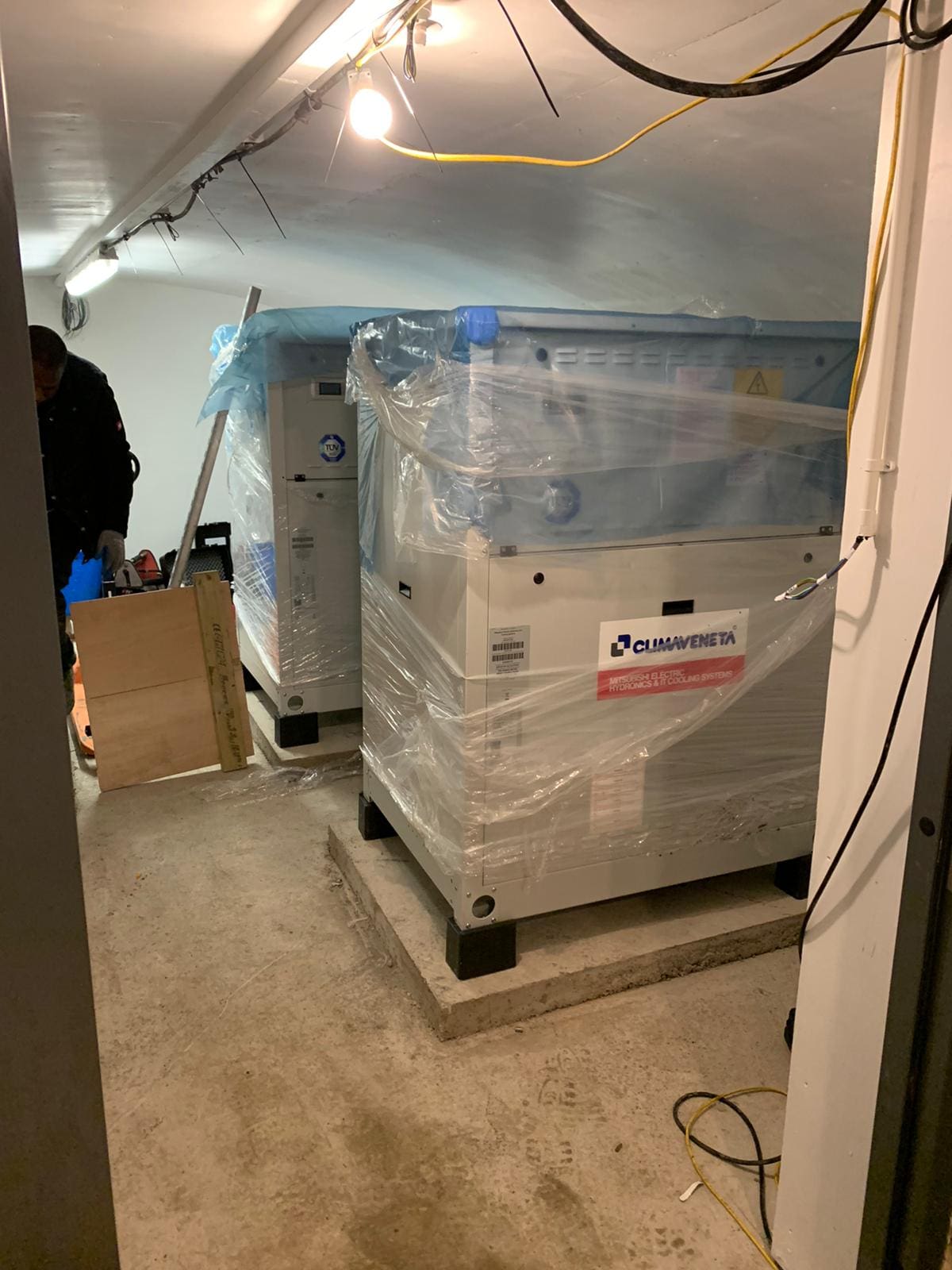
An innovative scheme to harvest heat from the naturally hot spa water at the Roman Baths and use it to heat surrounding buildings is entering its final phase.
Heat from the King’s Spring will be used to heat the Roman Baths and Pump Room, as well as the soon-to-open Bath World Heritage Centre and Roman Baths Clore Learning Centre.
Most of the project, which involves working in underground vaults, has been delivered outside the public eye. The first phase of works was completed in 2020 when the council took advantage of the closure of the Roman Baths due to Covid-19 to insert pipework throughout those parts of the building that are normally open to the public.





Amanda Hart, Roman Baths and pump room manager, added: “Bath’s naturally hot spa water has been used in many ways throughout history, and it’s fantastic that we can now harvest the heat from it to help reduce our carbon footprint. In installing the scheme, great care has been taken to protect the integrity of the springs, the Roman archaeology and other historic fabric.”
Harvesting heat to reduce carbon footprint
John Standivan, senior mechanical engineer for the consultant engineers Buro Happold, said: “The city’s hot spring water presents an ideal opportunity to provide a sustainable heating system for the Roman Baths. The water is technically quite difficult to use but after plenty of analysis and lots of studies, the Buro Happold team is delighted to have helped deliver this world leading scheme for our home city.”
Ed Levien, commercial director of isoenergy, said: “Work is now well underway at our latest GSHP installation in Bath, installing 100kW of GSHP into the Roman Baths visitor centre. In another novel GSHP installation we will be collecting the energy for the GSHP system from the hot spring water that feeds the Roman Baths.
“We have installed eight custom sets of Nuenta 316 stainless steel energy blades into the Kings Bath. This has been in full view of all the visitors who attend the visitor centre every day and has provided a great talking point for visitors and staff alike.
Six years in the planning
“These Energy Baldes will be connected to a new GSHP plant room in the vaults underneath Stall Street and once works are completed, they will provide 100kW of high temperature heat from the 2 x 50kW Mitsubishi heat pumps into the Roman Bath visitor centre and also the new Archway centre next door.
“The system will reduce the like for like carbon emissions from burning gas by 65% and help BANES in their desire to decarbonise their estate over the coming years.
“This project, much like the similar project for Bath Abbey has been over six years in the planning. isoenergy have worked with the team at Buro Happold to realise the project and develop a scheme that is both technically sound but also sympathetic to the historical nature of the Roman Baths which are a scheduled ancient monument.”